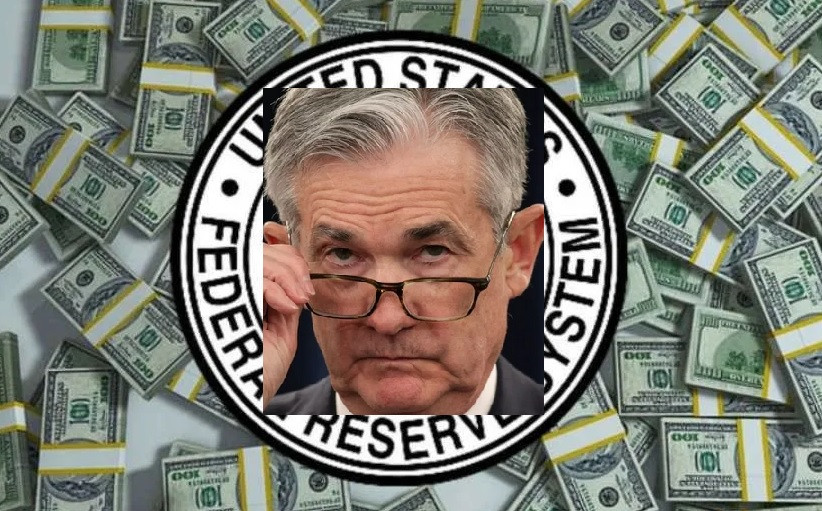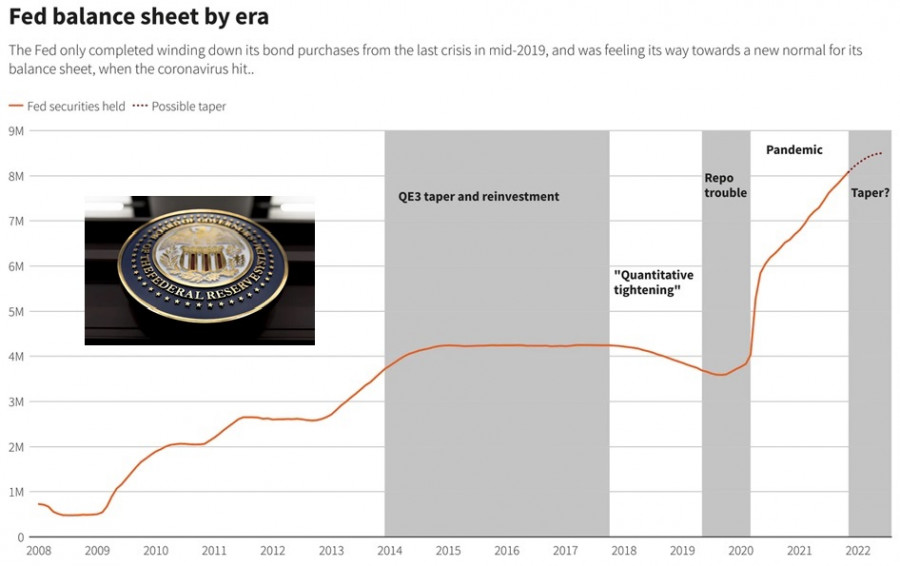Phần này trình bày những thông tin quan trọng nhất về giao dịch với InstaForex. Chúng tôi cung cấp cả phân tích từ các chuyên gia hàng đầu dành cho các nhà giao dịch có kinh nghiệm và các bài viết về điều kiện giao dịch cho người mới bắt đầu. Dịch vụ của chúng tôi sẽ giúp tăng tiềm năng lợi nhuận của bạn.
Xem thêm
Phần này được thiết kế cho những người mới bắt đầu hành trình giao dịch của mình. Tài liệu giáo dục và phân tích InstaForex sẽ đáp ứng nhu cầu đào tạo của bạn. Các đề xuất của các chuyên gia của chúng tôi sẽ giúp bạn thực hiện các bước đầu tiên để giao dịch thành công trở nên đơn giản và rõ ràng.
Các dịch vụ sáng tạo của InstaForex là một yếu tố thiết yếu của đầu tư hiệu quả. Chúng tôi cố gắng cung cấp cho khách hàng các khả năng kỹ thuật tiên tiến và làm cho thói quen giao dịch của họ trở nên thoải mái vì chúng tôi được công nhận là nhà môi giới tốt nhất trong lĩnh vực này.
Hợp tác với InstaForex là lợi nhuận và cao cấp nhất. Tham gia các chương trình liên kết của chúng tôi và tận hưởng tiền thưởng, phần thưởng đối tác và khả năng đi du lịch cùng nhóm của thương hiệu nổi tiếng thế giới.
Phần này chứa các ưu đãi sinh lợi nhất từ InstaForex. Nhận tiền thưởng khi nạp tiền vào tài khoản, cạnh tranh với các nhà giao dịch khác và nhận giải thưởng thực ngay cả khi giao dịch trong tài khoản demo.
Những kỳ nghỉ với InstaForex không chỉ thú vị mà còn hữu ích. Chúng tôi cung cấp một cổng thông tin một cửa, nhiều diễn đàn và blog của công ty, nơi các nhà giao dịch có thể trao đổi kinh nghiệm và hòa nhập thành công vào cộng đồng Forex.
InstaForex là một thương hiệu quốc tế được thành lập vào năm 2007. Công ty cung cấp dịch vụ giao dịch ngoại hối trực tuyến và được công nhận là một trong những nhà môi giới hàng đầu thế giới. Chúng tôi đã giành được sự tin tưởng của hơn 7,000,000 nhà kinh doanh bán lẻ, những người đã đánh giá cao độ tin cậy và việc tập trung vào các đổi mới của chúng tôi.













